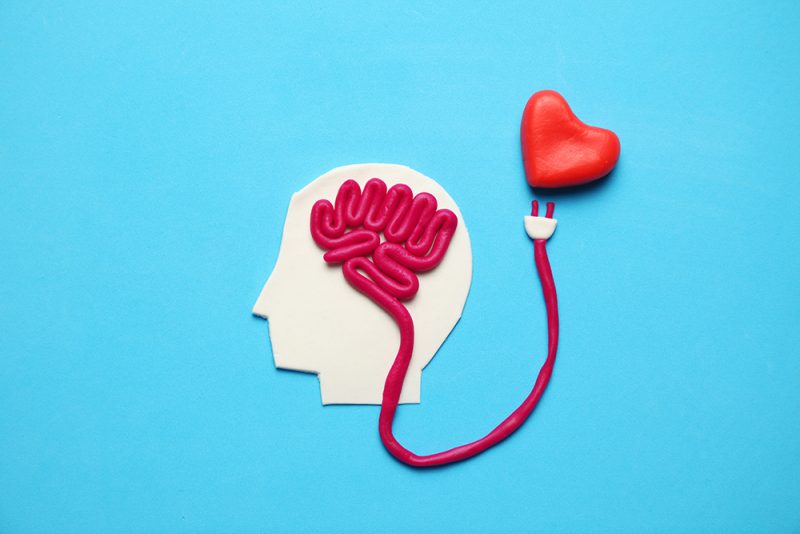At its core, mental fitness is about engaging in activities that intentionally charge our batteries. One of Martin Seligman’s five key elements that can help put a person on the road to learned optimism, happiness, and positive mental health is a term he called engagement, which is a part of his PERMA model.
Research suggests that job satisfaction can be directly related to mental health, meaning the more one creates positive emotions through actions and experiences with others, the more likely one will thrive in the workplace.
When we get discouraged by life, it is normal for some who are unsure how to cope to spend long periods in unpleasant emotions. The direct consequence of this can be an internal drive to explore ways to feel better, such as engaging in at-risk behaviours like drinking alcohol and overeating.
Alcohol has been classified as a group-one carcinogen (carcinogenic to humans) for decades by the International Agency for Research on Cancer, rating it with tobacco and asbestos and as the top cause of preventable cancer after smoking and obesity.
Practice engagement to promote mental health
Engagement is a by-product of the term “getting caught in flow.” When we get engaged and lost in flow, we experience effortless attention, relaxation, and improved performance. In the mental state of flow, we tend to lose time and be 100 per cent absorbed: Our mind is focused on what we are doing. The rest of our life or challenges are not in our mind’s eye.
Most of us have gotten lost in an activity such as playing a sport, gardening, reading a book, doing a puzzle, fixing something, a creative activity like painting or writing, or making a video with family about a recent trip. This sensation can be observed in children who feel safe and lost in a creative adventure as they play with their dolls or toys. The common experience is that getting lost in an activity we are fully engaged in creates positive emotions that promote well-being and a sense of happiness and fulfillment.
Why many miss the opportunity for engagement
One common challenge I see is the daily demands and pressures we feel can make it seem like there is no time to prioritize our well-being. Mental fitness promotes allowing ourselves as little as 10 minutes a day to engage in activities we enjoy. The more time we spend in an engagement activity, the more we experience positive emotions that can help us feel charged and the more satisfied we are living a good life.
I recall having a client in a clinical setting who was overwhelmed and stressed about their job and life. After we explored what was going on, we delved into engagement and its benefits and activities they used to enjoy and get lost in. We agreed to try an experiment for two weeks where the client would take at least 10 minutes a day to take a crack at the daily paper’s crossword puzzle, which they had stopped doing.
They loved doing crosswords and enjoyed the mental challenge. They were very good at them. The purpose was to schedule at least one activity a day they enjoyed, to give them a mental break and charge their battery. They started doing the daily crossword over lunch, which became a 45-minute escape and charge.
The outcome was that this client made their lunch break and crossword a part of their day, used them to get lost in an activity they enjoyed, and gave them a mental break from the world. It worked because they rediscovered the joy and benefit of engaging in an activity they enjoy to the point that time flies and they get lost in the challenge.
What activities make you lose time?
The key lesson from engagement is creating positive emotions does not need to be complicated. It requires allowing ourselves to find activities we enjoy and then engage in them.
One of my favourite activities is writing. Some may find writing painful; I find it engaging and rewarding. Engagement reminds me that we can all make choices that provide opportunities to create joy, happiness, and positive emotions, provided we are aware and willing to prioritize our mental health.
- Create a list of activities you enjoy and get lost in.
- Pick a couple you would like to engage in. If nothing comes to mind, experiment to find an activity you enjoy. We all have one; we just need to look for it. You will know once you find it; you will get lost in time and feel good when engaged.
- Look for a daily activity on which you can spend a minimum of 10 minutes. If it takes longer, that’s fine. The critical element is time flies. While you’re engaged, you seem to get engrossed in the pastime.
- Allow yourself to do this activity daily and set aside time for it.

